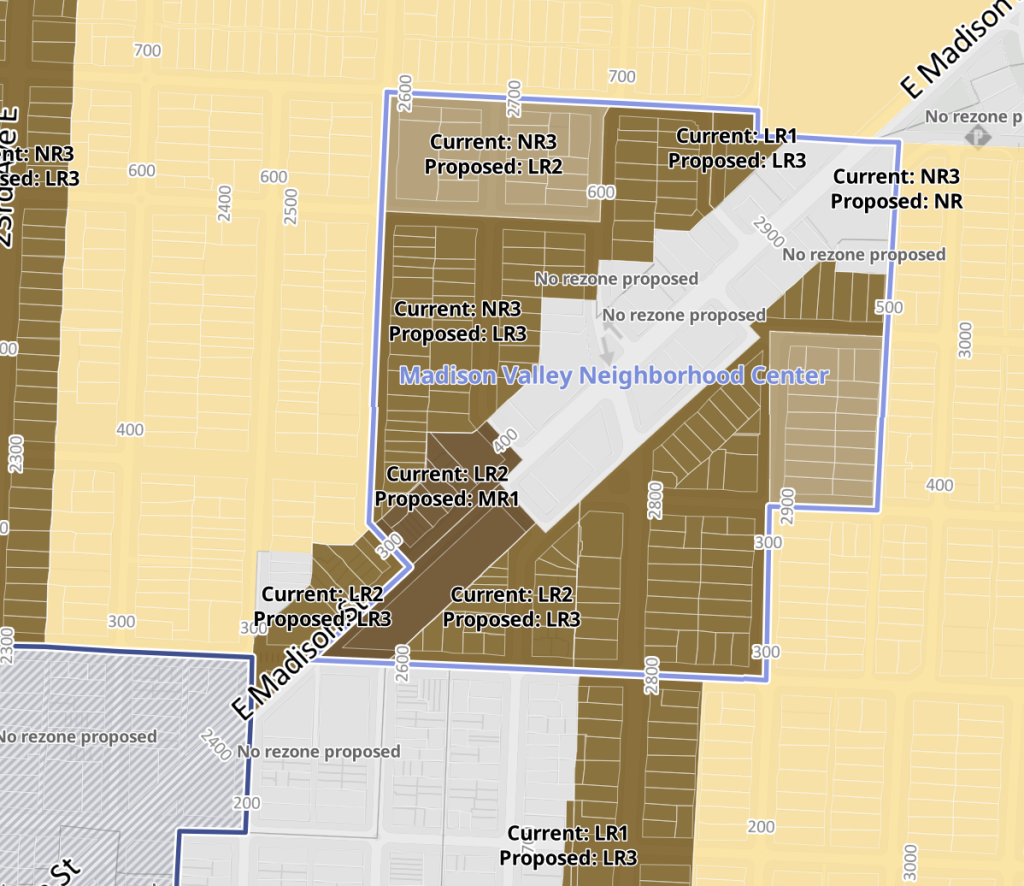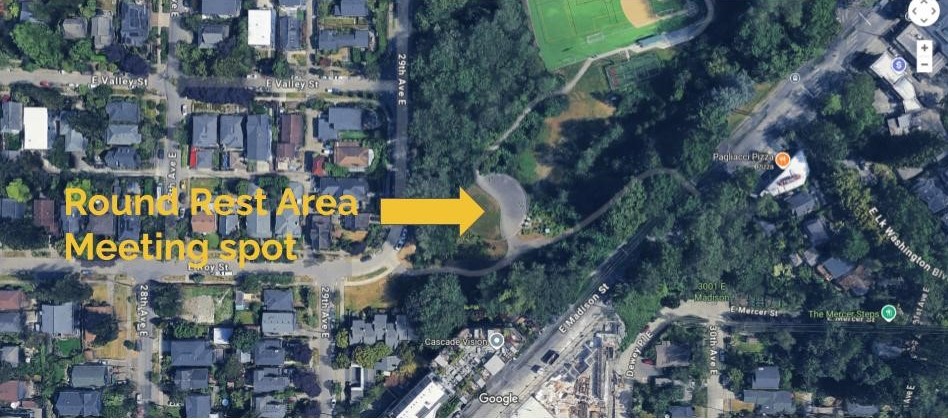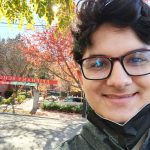
The Urbanist has invited Seattle’s Office of Planning and Community Development (OPCD) to lead a tour and presentation around the proposed zoning changes (see below) in Madison Valley. There will be opportunities to ask questions, both about the specific changes in Madison Valley, as well as more broadly, the growth strategy proposed by OPCD. This is your chance to hear about Seattle’s growth plan directly from the experts, and to see the area set to become the Madison Valley Neighborhood Center.

This tour comes just before the City’s next public comment session on September 12, where the conversation will likely center around neighborhood centers. If you live in Madison Valley, this is a great opportunity to learn more about the specifics of the changes in your neighborhood and why the City is pursuing this strategy before giving comment. If you don’t live in Madison Valley, this tour will be an informative example with relevant takeaways for other proposed neighborhood centers across the city.
How we got here
Across the city, Mayor Bruce Harrell has proposed 29 new neighborhood centers in his “One Seattle” Comprehensive Plan. The plan is now in the Seattle City Council’s court, with 106 amendments on the table, many of them either shrinking or expanding those boundaries or the housing capacity within them.
The new neighborhood centers are intended to broaden Seattle’s longstanding growth strategy, which going back at least three decades has been to focus nearly all growth downtown and into limited urban centers (originally called “urban villages”) that compose just one-tenth of the city’s land overall. The proposed neighborhood centers are effectively urban villages in miniature. Generally, the City would take an existing small business district and allow some mid-rise and low-rise mixed-use development a couple of blocks in each direction (about 800 feet) from that core.
Housing advocates have argued that limiting growth to so few “urban centers” is driving up competition for land and contributing to high housing prices in Seattle and limited opportunities for nonprofits and housing authorities to site affordable housing. Even as Seattle added nearly 300,000 residents since the urban village strategy was minted in 1994, the number of urban centers stayed the same, and their borders changed only slightly.
The addition of neighborhood centers, even in their modest form, would be an important step toward addressing that affordability problem while improving the distribution of growth and the amenities (like cafes and grocers) that come along with it. In the upcoming public comment period, urbanists are poised to remind councilmembers of that fact.
On the other side, the proposal of these neighborhood centers has sparked backlash from residents in several neighborhoods, primarily citing concerns with cutting down trees, insufficient parking, and general anti-development sentiment. Several of these groups have organized quite well and seriously threaten to whittle down or even eliminate entire neighborhood centers from the plan. As The Urbanist has come out strongly in favor of these neighborhood centers, we encourage readers to come to the tour to learn more and follow up by submitting comment to city council.

September 10th Seattle Walking Tour with OPCD
- What: A walking tour and presentation on the proposed Madison Valley neighborhood center led by Seattle’s Office of Planning and City Development. There will be a walking tour and a presentation about the broader growth plan.
- Where: Washington Park Playfield (Round Rest Area). This is the overlook area just off Madison Street, just southwest of the bus stop on E Madison Street & Lake Washington Boulevard.
- When: 5:30pm to 7pm Wednesday, September 10th
- Transit Stops: RapidRide G Line, Route 8, and Route 11
- RSVP: RSVP here.

Diego Batres
Diego is the Director of Development and Events of The Urbanist. He believes in making Seattle and the Puget Sound region a model example of good urban living for the rest of the country by expanding transit, ending our housing crisis, pedestrianizing our neighborhoods. He graduated from Seattle University in 2023, and currently lives in Seattle’s Central District.
